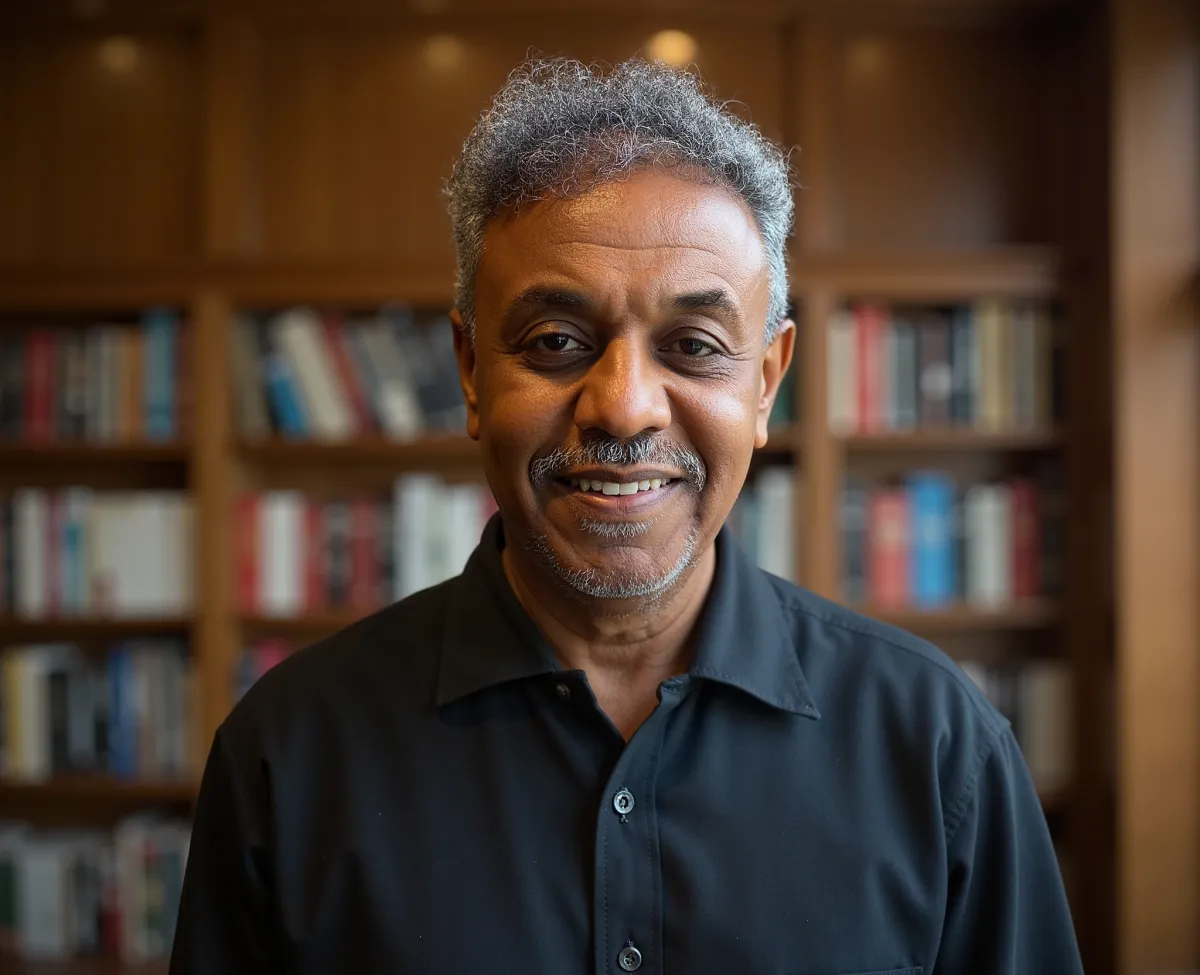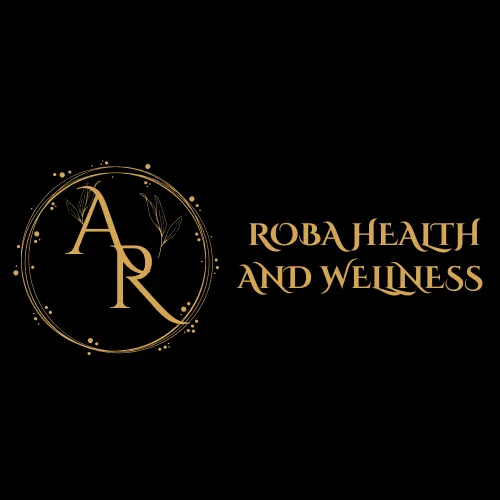A Turning Point: From Conventional to Functional Wellness
One regular afternoon a few years ago, while I was on call in the emergency department, we received a notification from EMS about an incoming patient complaining of chest pain. When the patient arrived, he appeared pale, scared, and was puffing heavily while clutching his chest. Fearing the worst, I immediately contacted the on-call cardiologist—a close friend of mine—who assured me he would come in, evaluate the patient, and likely take him to the catheterization lab.
Meanwhile, I stabilized the patient, initiated treatment, and made him as comfortable as possible. He seemed to improve slightly by the time the cardiologist arrived. After reviewing the abnormal electrocardiogram, the cardiologist decided to take him to the cath lab to check for blockages in his coronary arteries. The procedure was performed without immediate complications.
About 30 minutes later, the cardiologist returned to the ER, jubilant. He explained that he had saved the patient’s heart muscles—there was no heart attack, and he had successfully opened arteries that were 100% clogged. Seeing his excitement filled me with pride; we had saved a life. After a brief conversation, he returned to his clinic, and I resumed my duties. That evening, I checked on the patient, who was recovering well. Job well done, I thought as I headed home, satisfied.

A Devastating Turn
A week later, while on call again, EMS alerted us about an incoming "code blue"—a patient undergoing active resuscitation. The moment the team rushed through the doors, I realized with horror that the patient was the same man we had triumphantly treated days earlier. I immediately called the same cardiologist, who arrived just as the patient was wheeled in.
Despite another urgent trip to the cath lab, the patient arrested on the table and died. Thirty minutes later, the cardiologist returned, shoulders slumped, and muttered, "I’m sorry… we lost him."
The emotional whiplash was indescribable. Just a week prior, I had bonded with this patient in the ER, reassured him and his family that he would recover, and celebrated his second chance at life. Now, hearing of his sudden death, I was consumed by anger, frustration, betrayal, and profound sadness. This was the final straw in a series of disillusioning moments with conventional medicine.
The Breaking Point
Long before this incident, I had questioned the limitations of symptom-focused care. One haunting example was a 45-year-old man who arrived with his wife and young daughter for a minor wound that wouldn’t heal. He mentioned a history of "abnormal" labs but admitted his medications didn’t seem to help. When I ran tests, the results were catastrophic: his kidneys had failed entirely. He would need lifelong dialysis and, at best, had only a few years left. Delivering that news to his devastated family left me in a depressive fog for days.
In both cases, these patients had been treated symptomatically—given pills to mask underlying issues rather than addressing root causes. One died abruptly; the other faced a truncated life. I realized then that true healing requires digging deeper.
A New Path: Functional Medicine
That same day, I began researching alternatives and discovered functional medicine, a paradigm focused on identifying and treating root causes. I enrolled in a fellowship program, and as I learned, my passion for medicine reignited. The burnout I’d felt in conventional practice melted away; I felt the same curiosity and drive I’d had as a medical student.
Today, I run a holistic practice where I spend up to an hour with each patient, exploring not just their symptoms but their lives, families, and environments. This approach has been profoundly gratifying—not just for my patients, but for my own sense of purpose.
I haven’t regretted the switch for a second.

